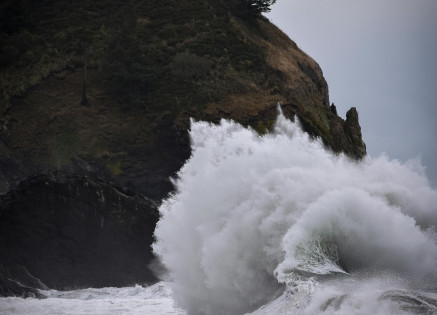Copyright © 2025 lmitac.com All Rights Reserved. Contact - Terms and Conditions - Privacy Policy - Quality Policy - Become an instructor - Vacancies - Sitemap
London Maritime Academy is a trade name for London Premier Groupversion: 2.9.0
London Maritime Academy is a trade name for London Premier Group

Posted on : 12/17/2024, 5:51:20 PM
Ever wonder how ships keep their course even in stormy seas and bad weather? As a ship advances through the ocean Dynamic Positioning Systems (DP Systems) offers guidance for the ship to stay safe in harsh circumstances.
Want to know how that happens? This article will go over the specifics of dynamic positioning systems, including their types, parts, and much more.
Ships go through a lot of maneuvering while sailing or mooring in a port, and keeping balance while maintaining controlled movements might prove difficult if it weren't for DP system controls, so what are they?
Let's look a general look into DPS, a dynamic positioning system is an advanced technological system that combines a lot of components to control a ship's position and trajectory. Basically, the key purpose is to guarantee that there is no chance of a ship toppling over.
How? As part of environmentally friendly marine engineering, DP system uses real-time data from several sensors, and this way, it replaces anchoring systems by automatically adjusting the vessel's motions to stay on their fixed track even in the face of wind, waves, or current.
Anchors used to be the traditional way of doing things. However, it became a hassle to drag around in deep waters. Instead, DP systems employ a mix of sensors, computers, and other technologies to maintain precision.
Is it hardware? or a software? How does DPS allow ships to remain fixed in a natural way in a dynamically moving sea? Here’s the magic:
Dynamic Positioning Systems are categorized into three main levels: DP1, DP2, and DP3. Each classification is equipped with a different range of redundancy and operational capabilities, as developed by major classification companies like DNV-GL, ABS, and LRS, following the IMO MSC 645 guidelines. The classing system is:

To understand how standard Dynamic Positioning systems operate, it is essential to comprehend the seven components of the DP system. These crucial elements consist of:
These components work together to provide a strong system that enables accurate maritime operations. Strategic planning is necessary for the effective implementation of dynamic positioning systems. The process begins with personnel training in maritime engineering courses that cover DP technology and systems.
FMEA, or Failure Mode and Effects Analysis, is a systematic approach of evaluating potential risks associated with the DP system. Just like a safety precaution that helps you stay alert against highly possible systemic failure spots and assess how they can impact operations. It is an essential part of the operational and design processes, not just a safety precaution. Using a DP System FMEA, operators can prioritize maintenance and improvements while adhering to marine regulations, improving overall operational reliability.
Dynamic Positioning Systems represent a transformative global technology in maritime operations that minimise risks and enhance safety. Whether it’s ensuring safety or handling complex maneuvers in challenging environments, their role is indispensable. Why not master these systems today?